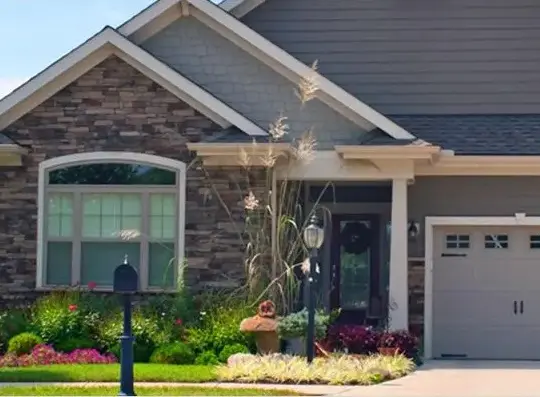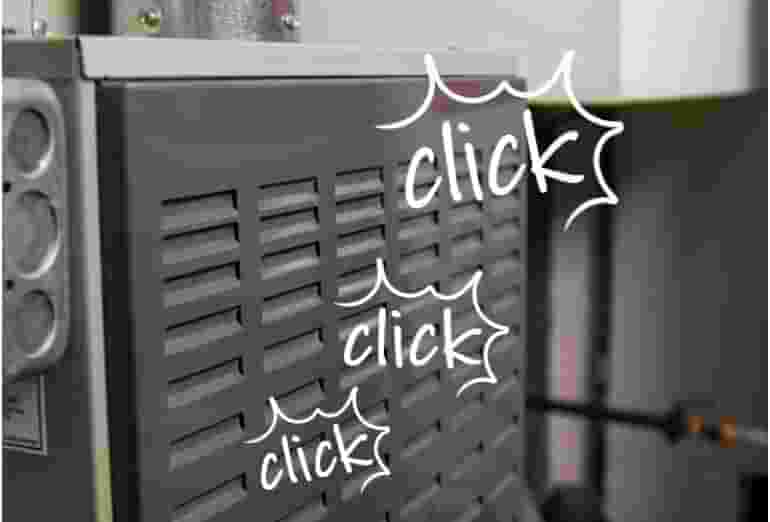Your home is where your baby first learns to explore their world. Soon, they will grasp, hold, push, and pull on everything they can. During these critical developmental stages, baby-proofing your house is essential to your child’s safety. Our baby-proofing checklist will guide you through how to baby-proof your home.
Elements to Adapt to Keep a Baby Safe in Your House
The first step in baby-proofing any space is to look at the environment from your baby’s point of view. By navigating your home on your hands and knees, you can see the space from your baby’s perspective and spot dangers you may miss otherwise. As your child starts to walk, you will need to reevaluate your childproofing measures. From any angle look out for the following:
- Choking hazards.
- Furniture or heavy items that can fall on them.
- Cords or wires that could wrap around a child.
If baby-proofing sounds too daunting to tackle on your own, call in the pros for help!
Key things to do when baby-proofing a space:
- Place potential choking hazards out of reach or stash them away. Cabinet locks can be helpful here.
- Cover sharp corners on coffee tables, end tables, or other hard surfaces. Plumbing foam pipe insulation is a quick, inexpensive, baby-proofing fix for those sharp edges.
- Make sure dressers, bookshelves, and TV stands are secured to the wall.
With these general goals in mind, let’s get down to the specifics of our baby-proofing checklist.
Baby-Proof Cabinets
- Install magnetic, spring-loaded, adhesive straps or sliding locks on all cabinets.
- Some cabinet designs can be blocked using a single tension rod through the handles of several cabinets.
On-the-go tip: Toss some rubber bands in your diaper bag. In a pinch, you can stretch a rubber band or hair tie around the cabinet handles when you visit family members for quick, reversible baby-proofing.
Baby-Proof Door Handles
- Replace door handles or levers with door knobs.
- Install a door lock and pinch guard.
- Consider a top-of-door lock, which can be unlocked from either side of the door.
Baby-Proof Drawers
- Install drawer locks or latches.
- Remove all chemical and choking hazards from drawers and keep them out of reach.
Baby-Proof Kitchen
- Unplug appliances when not in use and wrap up and secure the cord.
- Store all cleaning products in a secure or out-of-reach location.
- Keep all sharp utensils and fragile items out of reach, behind secured cabinet doors or baby-proof drawers.
- Baby-proof the dishwasher, oven, and stove with adhesive or magnetic strap latch.
- Add a latch on the trash can.
Baby-Proof Electrical Outlets
- Install plastic plugs.
- Consider updating your standard covers to tamper-proof outlet covers.
On-the-go tip: Keep a roll of tape in your diaper bag. Placing tape over outlets is quick and easy when visiting another home. Keep in mind that duct tape can leave residue, while painter’s tape won’t.
Additional considerations for baby-proofing your house:
- Install safety gates in spots that can pose an injury risk to little ones, including stairwells, doorways, and in front of fireplaces. Consider safety gates that bolt to the wall for use at the top of the stairs. They are much more secure than pressure gates.
Mr. Handyman Can Baby-Proof Your Home for You
Whether painting the nursery or assembling a new crib, our baby-proofing checklist will help you prepare your home for the family’s new addition. We provide both baby-proofing tasks and major home repairs you can count on.
We know the job isn’t done until it’s done right. The Neighborly Done Right Promise™ backs all our work. Don't trust the process of baby-proofing your home to just anyone—request service today from North America's most trusted handyman.
 Click to call
Click to call




